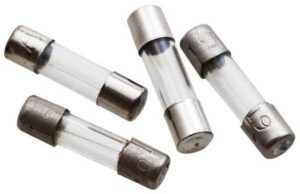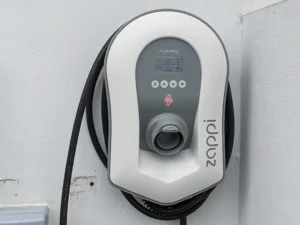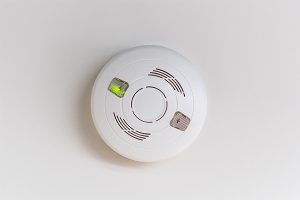The Electrical circuit in your home must be equipped with an overcurrent protection device (OCPD) which acts as a safety device. Every wire or circuit in your home has a specified maximum current rating. In case of too much current traveling through a wire or circuit, the OCPD will shut off the power to the circuit to prevent serious electrical or fires hazards from occurring. Most homes are equipped with a circuit breaker which acts as an OCPD. However, in older homes with outdated electrical panels, you may find that fuses are used for OCPD’s. Screw-in-fuses are used for general light and outlet circuits whereas cartridge fuses are used for high-voltage circuits, i.e., dryers and electric ranges.

How Does Cartridge Fuses Operate?
Generally, all your fuses, including cartridge fuses are the weak link in your electrical circuit. A fuse comprises of a metal strip on the inside which is connected to the two metal ends on a fuse. In case of a short or electrical fault occurring in the electrical circuit and the circuit gets overloaded, the metal link will heat up and melt which will open up the circuit and result in shutting the power off. Once a fuse is blown, it will need to be replaced. When a cartridge fuse needs replacing, it must be replaced with the same type with the same voltage ratings and amperage. This is crucial as the wrong fuse can pose severe safety issues such as an electrical shock or fire.
Cartridge Fuse Types
Cartridge fuses are available in a selection of ampacities but for a residential fuse panel, only fuses with a higher amperage rating than most plug fuses on electrical fuse panels will be required and are generally replaced in pairs to protect higher-current 240-Volt circuits. All these type of fuses services should be done by the professional residential electrician.

The fuse label on a cartridge fuse will have the amps rating printed on it and will be defined by the fuse diameter. It should be noted that fuses with a higher ampacity will be physically larger than cartridge fuses with a smaller amp rating.
Cartridge Fuses Generally Come In Two Different Designs:
- A round-end fuse which clips into the receiving half-round clips in a fuse panel
- Copper spade-tipped fuses, for example, the 70 Amp Eaton cartridge fuse. In some cases, the copper tip is removable depending on the panel where the fuse is supposed to be inserted.
A cartridge fuse diameter will predominantly prevent you from placing an over-size fuse into the fuse clip.
Location Of Cartridge Fuses
Many of the outdated electrical systems have two fuse boxes with two or more fuse blocks which contain two cartridge fuses each. The one fuse block acts as the main fuse which is the OCPD for the whole fuse box protecting all the branch circuits in the home. The other blocks are for protecting large electrical appliances, i.e., dryers, ranges, air conditioners, etc. When a fuse needs replacing, the whole fuse block is pulled out after which a fuse puller is used to remove the old fuse.
Contact us today on (08) 9220 5201








